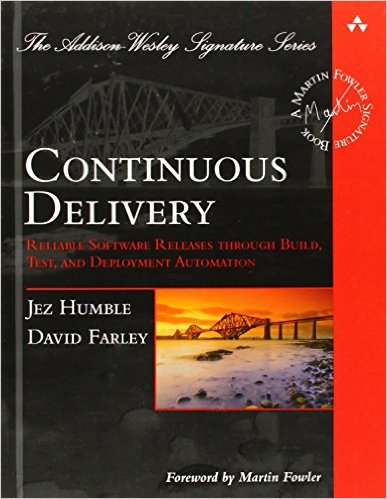DevOps and Continuous Software Delivery: A Comprehensive Guide
Introduction
DevOps, a combination of development and operations, is a set of practices that aims to shorten the software development life cycle and provide continuous delivery1 with high quality. It focuses on collaboration, automation, and the use of tools to streamline the software development process. Continuous software delivery (CSD) is a key component of DevOps, enabling the rapid and reliable delivery of software changes.
Core Principles of DevOps
- Collaboration: Fostering strong collaboration between development and operations teams.
- Automation: Automating repetitive tasks to increase efficiency and reduce errors.
- Continuous Integration (CI): Integrating code changes frequently and automatically.
- Continuous Delivery (CD): Automating the deployment process to deliver software changes quickly and reliably.
- Infrastructure as Code (IaC): Treating infrastructure as code, allowing it to be versioned and automated.
- Monitoring and Logging: Continuously monitoring the performance and health of applications.
The DevOps Toolchain
A typical DevOps toolchain includes the following tools:
- Version Control Systems: Git, SVN
- Continuous Integration Tools: Jenkins, CircleCI, GitLab CI/CD
- Configuration Management Tools: Ansible, Puppet, Chef
- Containerization Tools: Docker, Kubernetes
- Cloud Platforms: AWS, Azure, GCP
- Monitoring and Logging Tools: Prometheus, Grafana, ELK Stack
- Testing Tools: JUnit, TestNG, Selenium
Continuous Software Delivery Pipeline
A typical CSD pipeline involves the following stages:
- Code Commit: Developers commit code changes to a version control system.
- Build: The code is built and tested to ensure it compiles and passes unit tests.
- Test: The built code is tested against various test cases, including functional, integration, and performance tests.
- Package: The tested code is packaged into a deployable artifact, such as a container image or a deployment package.
- Deploy: The package is deployed to the target environment, such as a development, staging, or production environment.
- Release: The deployed application is released to end-users.
Benefits of DevOps and Continuous Delivery
- Faster Time to Market: Rapid delivery of new features and bug fixes.
- Improved Quality: Automated testing and continuous integration ensure high-quality software.
- Increased Reliability: Automated deployments reduce human error and increase reliability.
- Enhanced Collaboration: Improved collaboration between development and operations teams.
- Greater Flexibility: The ability to respond quickly to changing business needs.
Challenges and Best Practices
- Cultural Shift: Requires a cultural shift towards collaboration and automation.
- Toolchain Complexity: Managing a complex toolchain can be challenging.
- Security Risks: Ensuring security throughout the pipeline is crucial.
To address these challenges, consider the following best practices:
- Start Small: Begin with small, incremental improvements and gradually expand the scope of automation.
- Automate Everything: Automate as many tasks as possible to reduce manual effort and errors.
- Monitor and Learn: Continuously monitor the pipeline and learn from failures.
- Foster a Culture of Collaboration: Encourage open communication and knowledge sharing.
- Prioritize Security: Implement security best practices throughout the pipeline.
Conclusion
DevOps and Continuous Delivery are essential for modern software development. By adopting these practices, organizations can accelerate development cycles, improve software quality, and deliver value to customers more quickly.
References:
- The DevOps Handbook: A comprehensive guide to DevOps practices.
- Continuous Delivery: Practices for Reliable Software Releases
- Kubernetes: The Definitive Guide
- Docker Documentation
- Jenkins Documentation
- AWS Documentation
- Azure Documentation
- Google Cloud Platform Documentation
By understanding the core principles, tools, and best practices of DevOps and Continuous Delivery, organizations can achieve significant benefits and stay competitive in today's fast-paced digital world.



